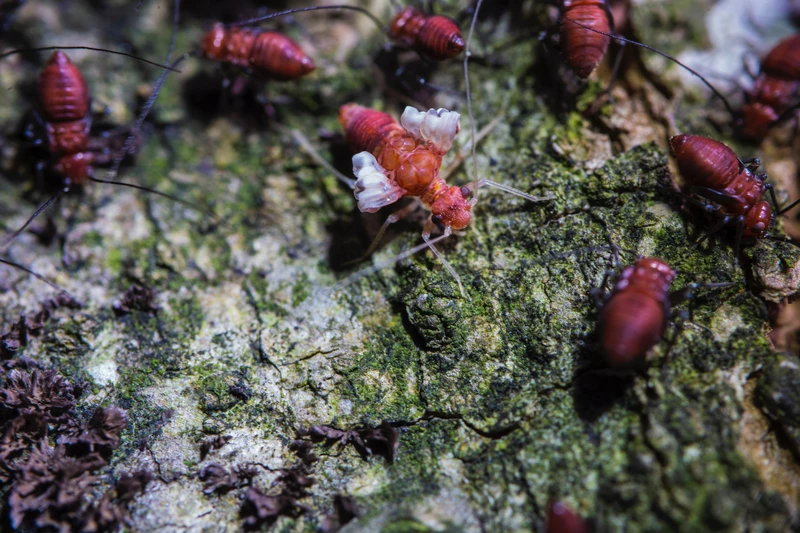It turns out that the total mass of all arthropods on Earth—about one billion tons—is somewhat greater than the mass of the entire human population along with agricultural animals. This conclusion was reached by a team from the Weizmann Institute of Science in Rehovot.
Arthropods are a type of animal that includes insects, crustaceans, arachnids, and myriapods.
According to scientists, without all these little creatures that buzz, flutter, run, and crawl, our world would be completely different. They make the biosphere of our planet more perfect. Due to the key role of arthropods in many ecological processes, Dr. Yuval Rosenberg, one of the authors of the study, referred to them as “tiny beings that govern the world.”
After conducting some calculations, scientists made an astonishing discovery. Despite the tiny size of arthropods, their total global mass slightly exceeds the combined mass of the Earth’s population and agricultural animals. (All the people on the planet weigh about 400 million tons, while livestock weigh about 600 million tons.)Red.).
Arthropods – fighters against global warming
The conclusions of the research cannot be ignored if we want to fully understand humanity’s impact on the planet and predict the likely consequences of climate change, noted Yuval Rosenberg.
Together with his colleagues, he analyzed 7,000 measurements found in the scientific literature regarding arthropods. The data covered 300 locations around the world, scattered across diverse terrestrial environments: specifically, on farms, in deserts, and in tropical forests.
The team divided the arthropods into ground-dwelling (including plant litter) and above-ground (including plant-associated insects).
The information indicated that the vast majority of arthropods live “tightly pressed against the skin of our planet or inside it” and weigh about one billion tons.
Termites account for about 40 percent of the soil biomass of arthropods. Meanwhile, there are 10 percent fewer ants in the world than termites, the publication reported. Science Alert .
As scientists noted, each square meter of the upper layer of soil contains tens of thousands of arthropods, the vast majority of which are mites and springtails.

Only in the soil and within it live about 10 quintillion organisms (quintillion – a unit with 18 zeros).RedThese small creatures contribute to the recycling of nutrients: this is their contribution to the global carbon cycle.
Yuval Rosenberg emphasized that arthropods have a huge impact on regulating the vegetation of our planet. They serve as food for numerous species of birds, reptiles, and amphibians. Ultimately, arthropods break down dead plants, animals, and waste. This is also of great importance to us. For the work of these tiny creatures involves not only fertilizing the soil but also preventing disease outbreaks.
The results obtained will help scientists better understand how arthropods fit into ecological systems, as well as predict the consequences of their population decline due to the climate crisis.
As scientists wrote in a report article for Science Advances, the quantitative assessment of arthropods establishes a baseline level that can be used to determine potential changes in communities of this type of fauna. At the same time, it allows us to predict how these changes will impact the future of our planet.
